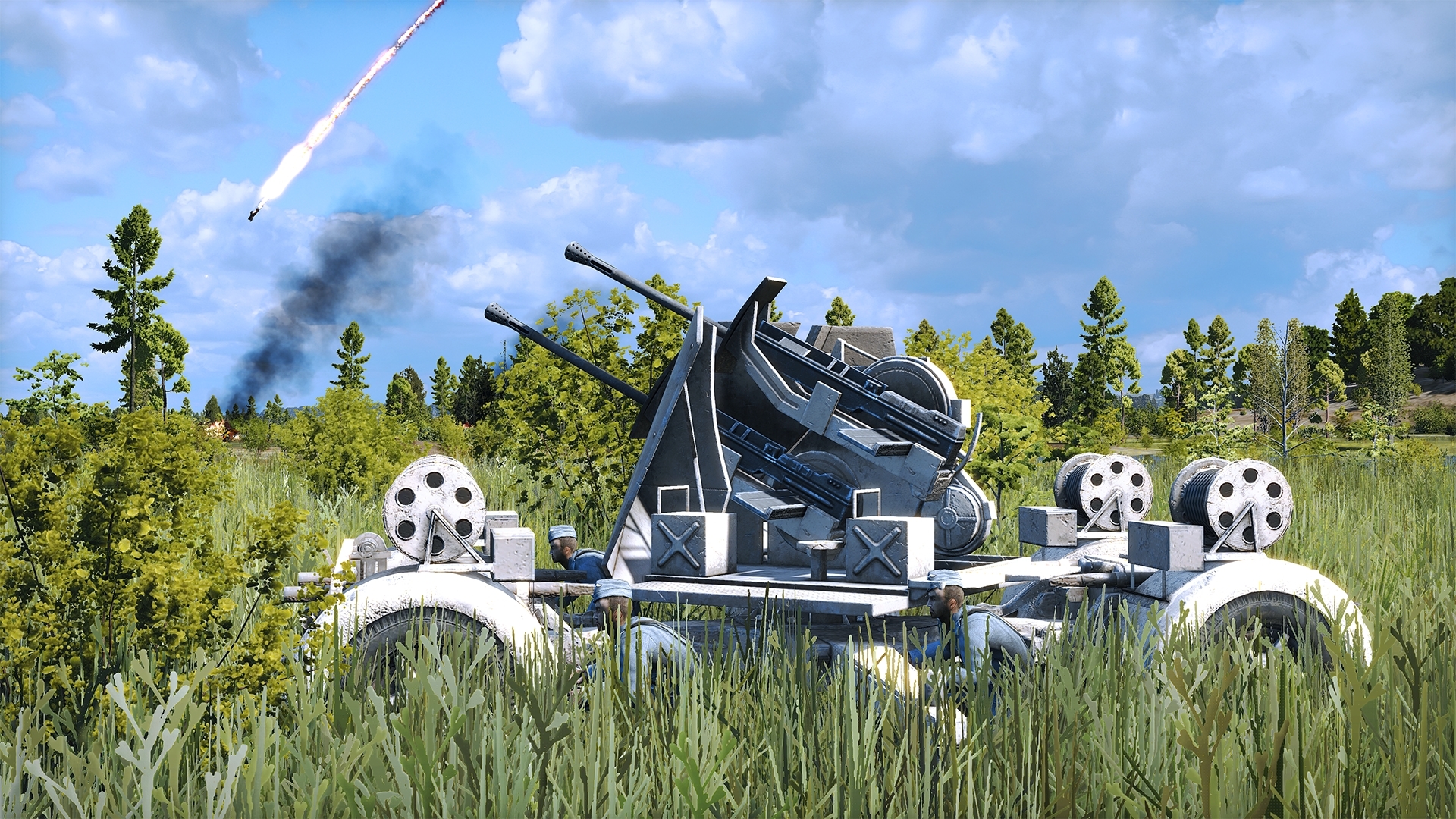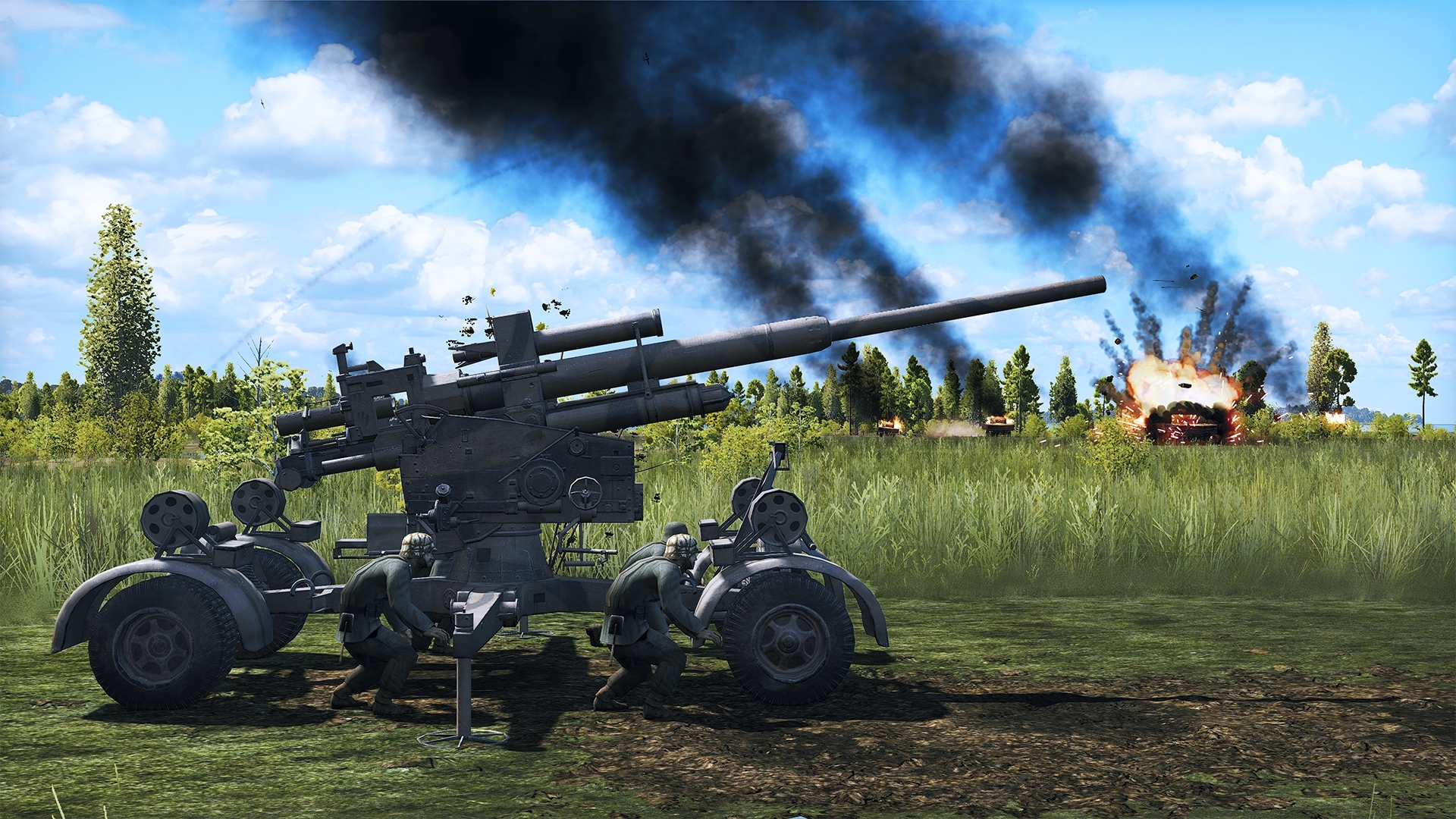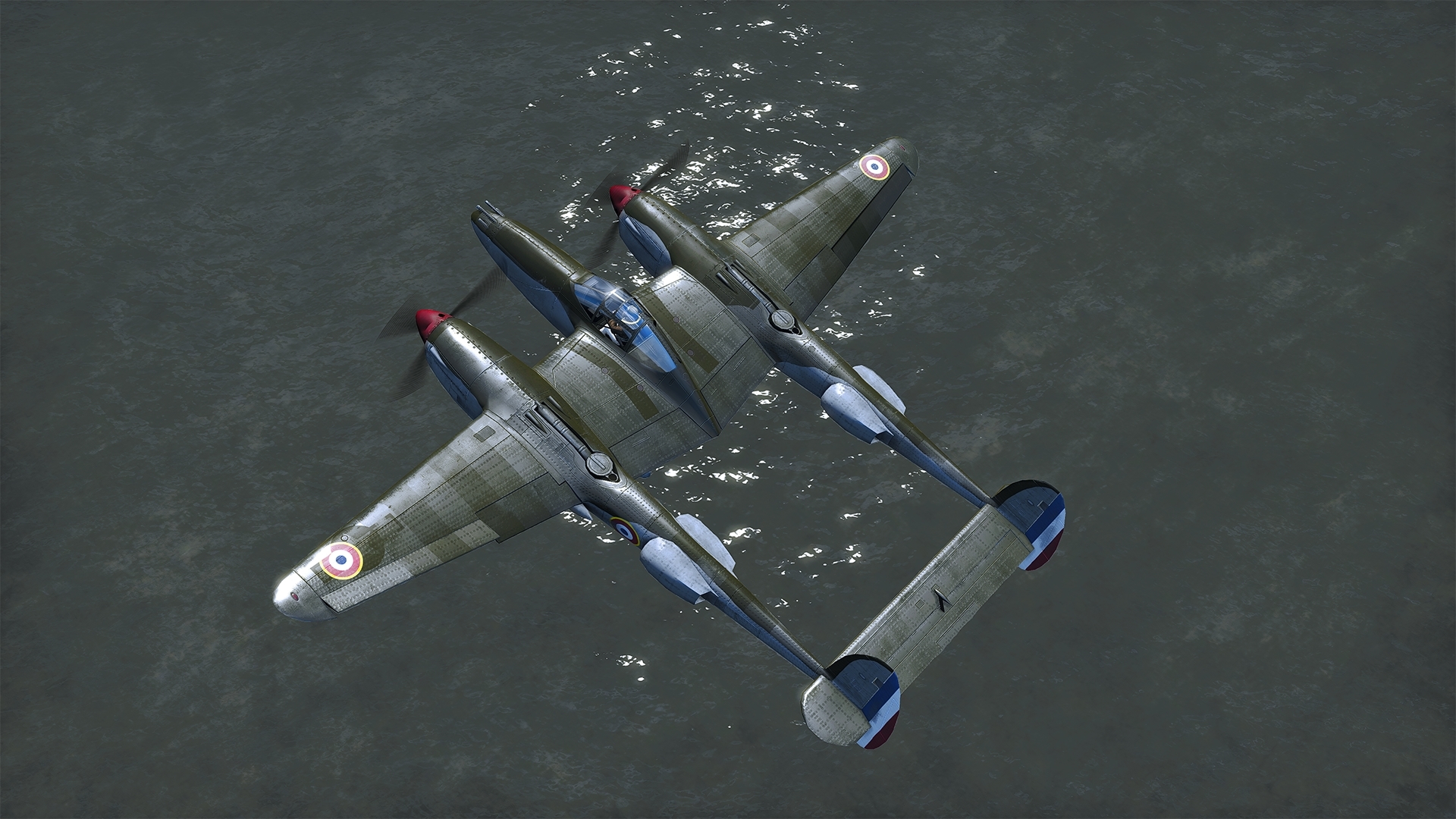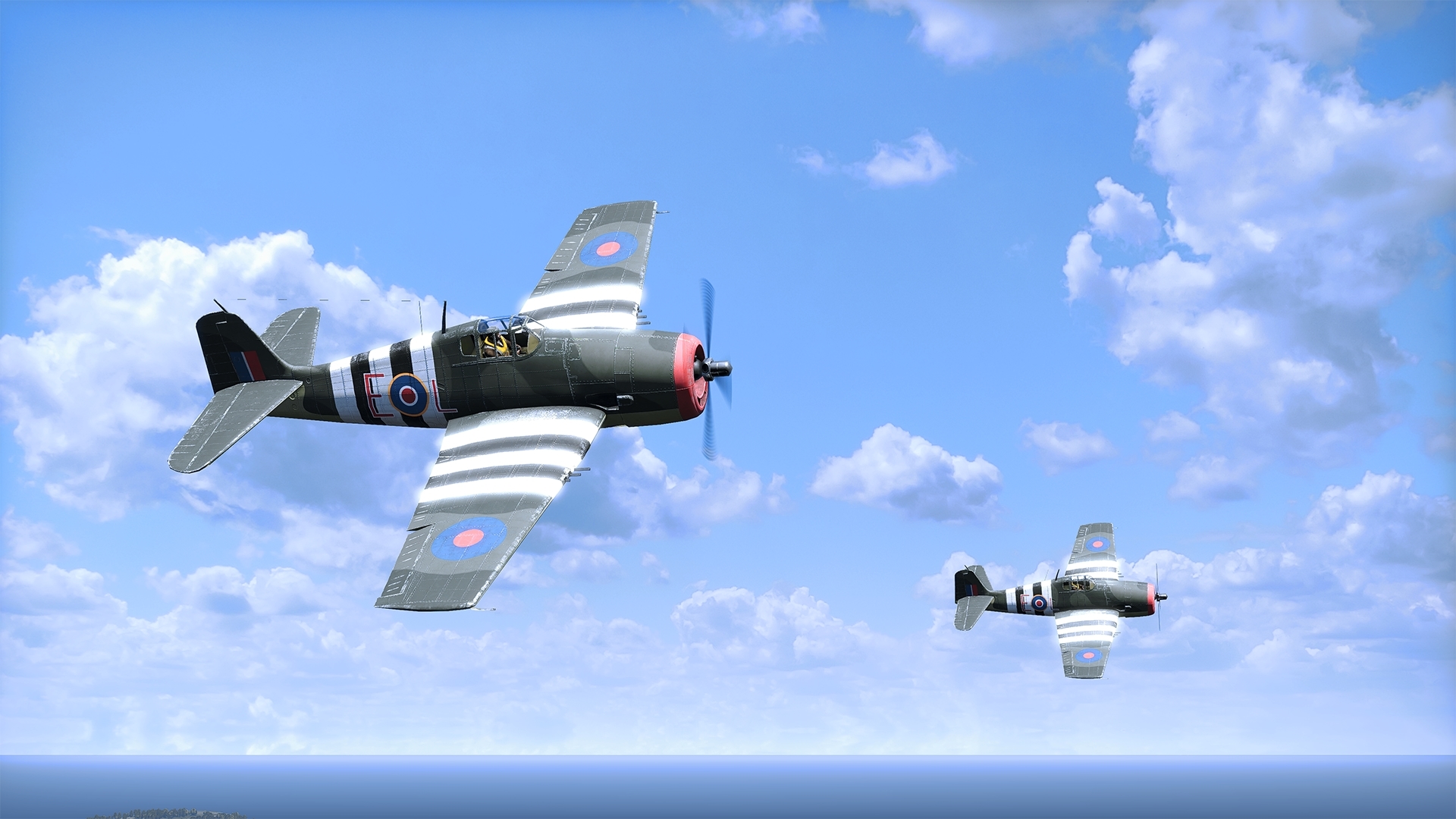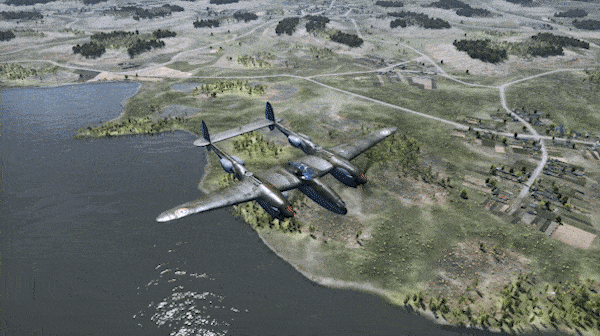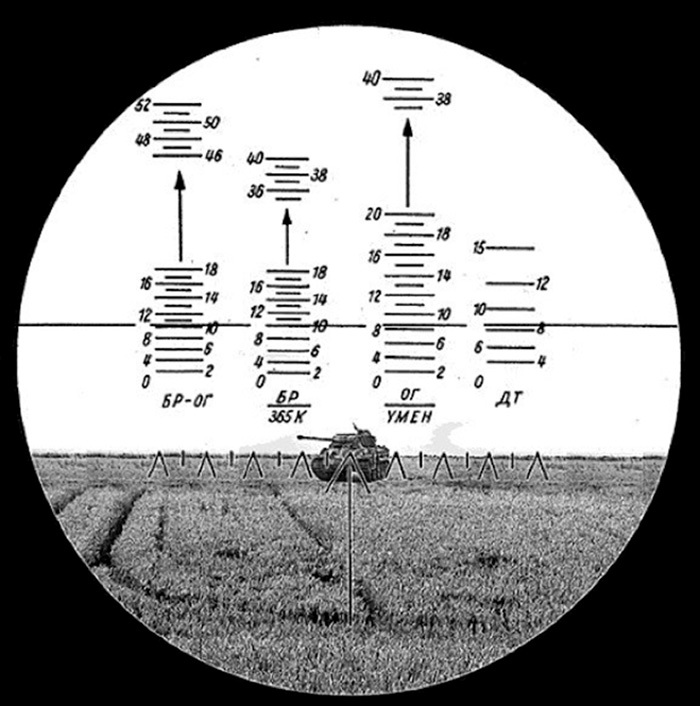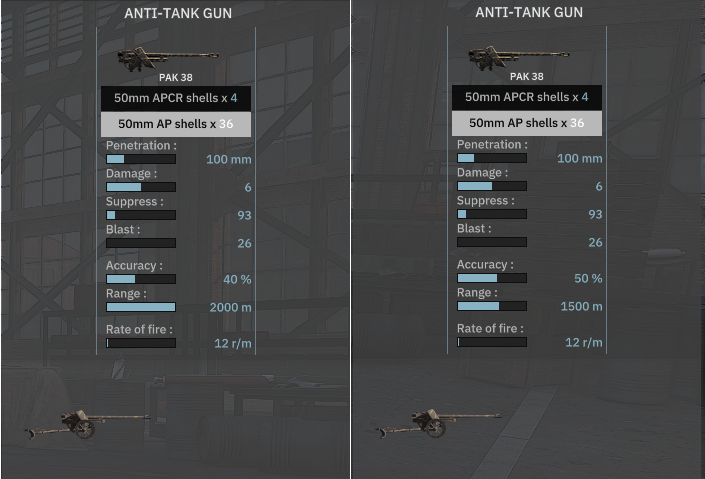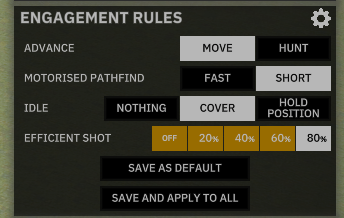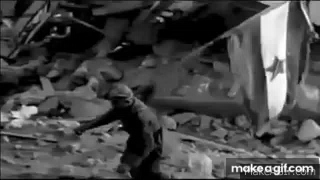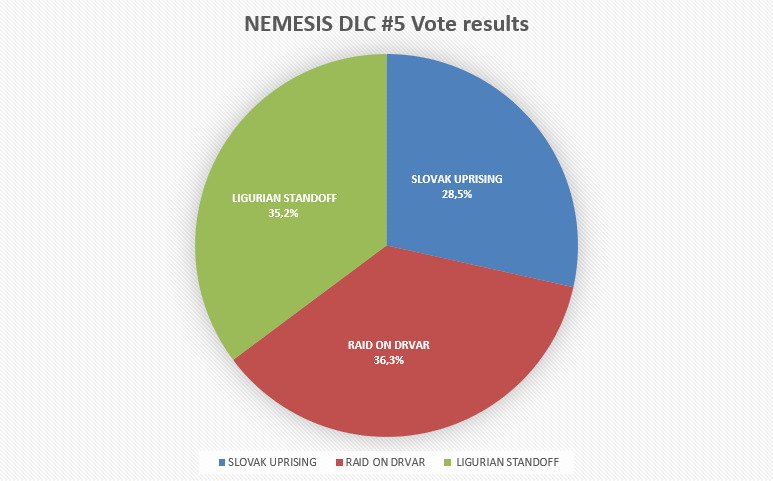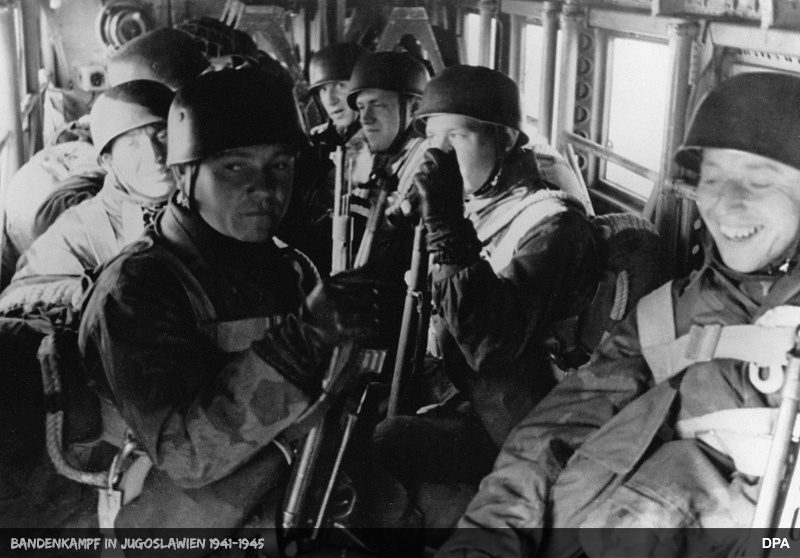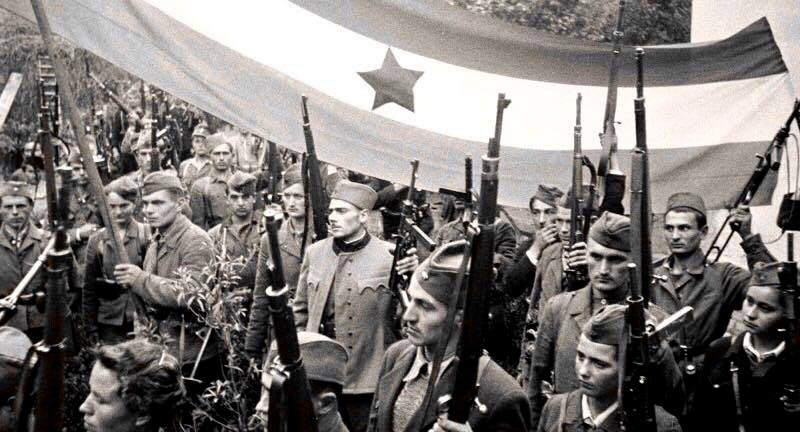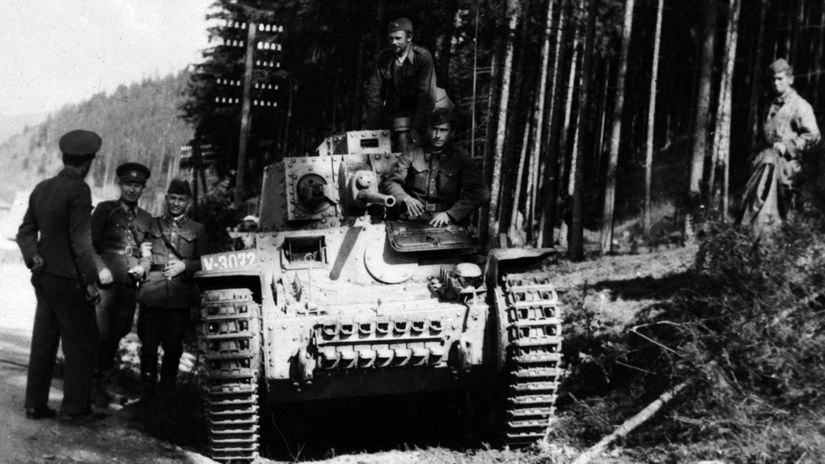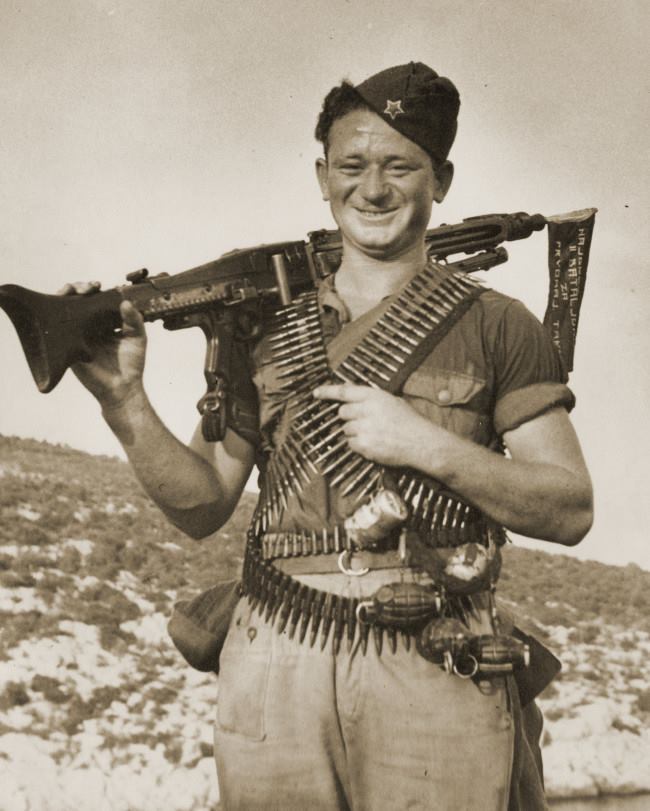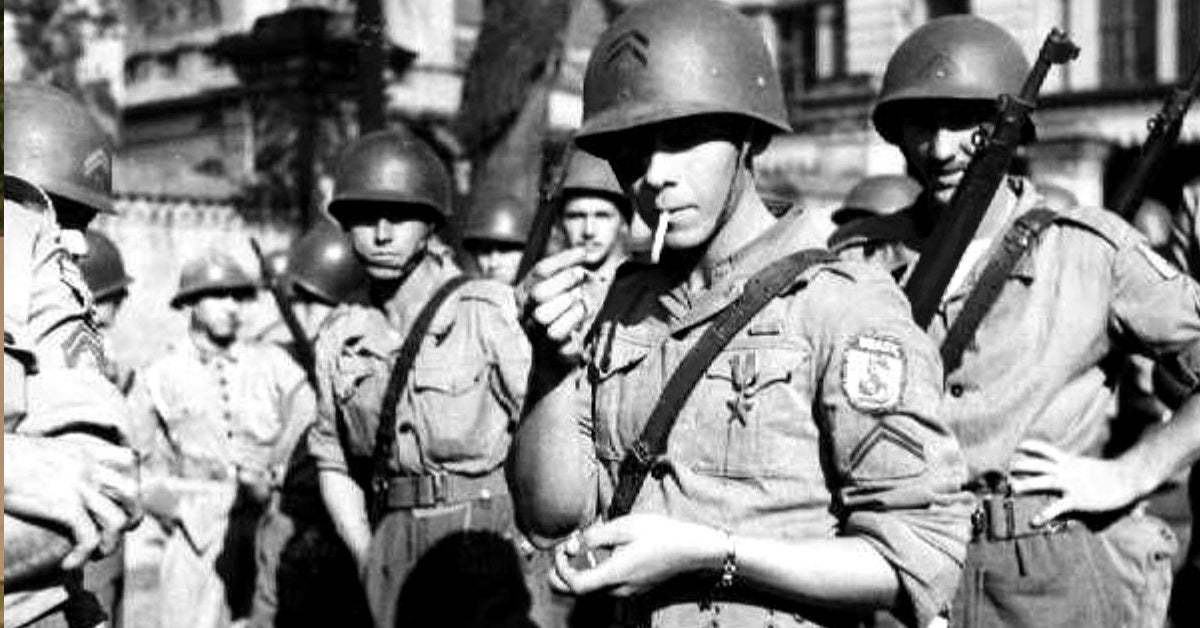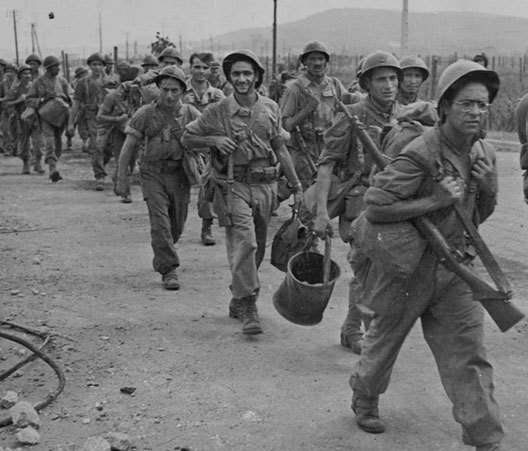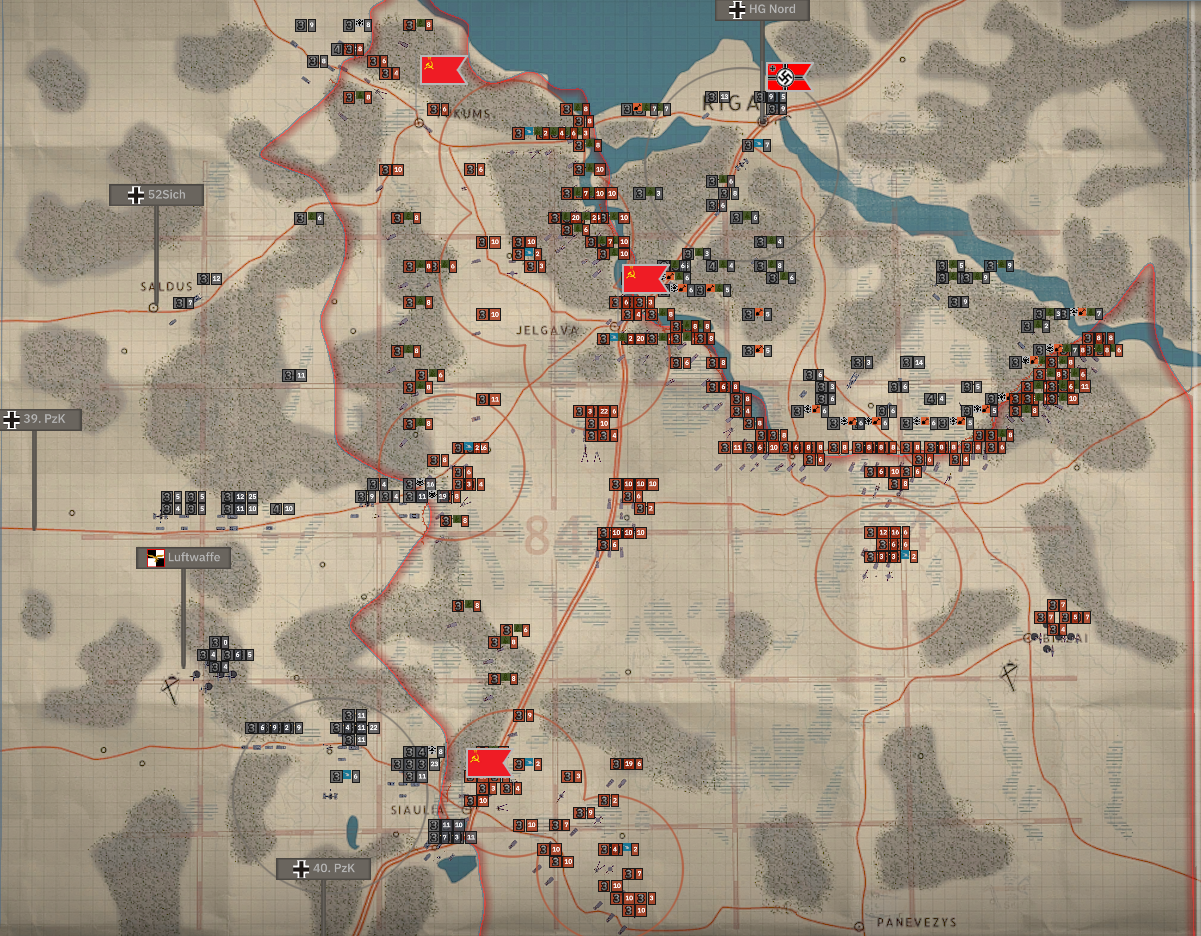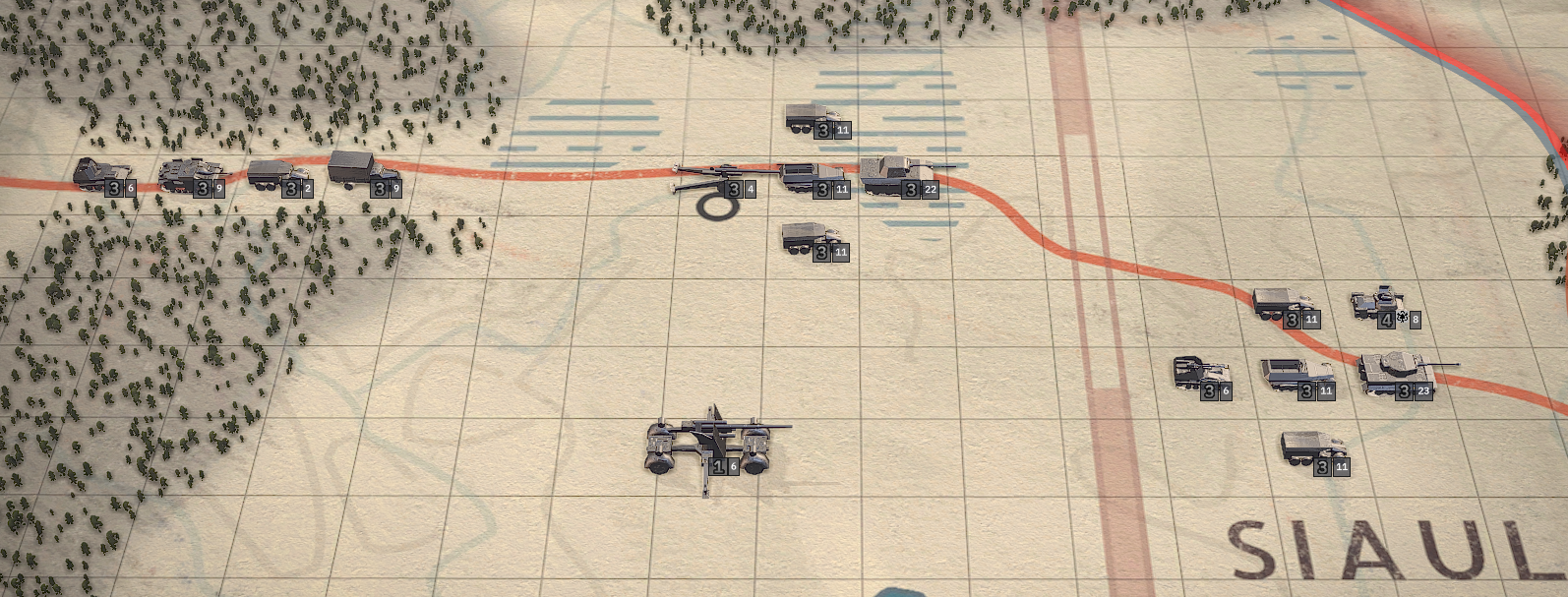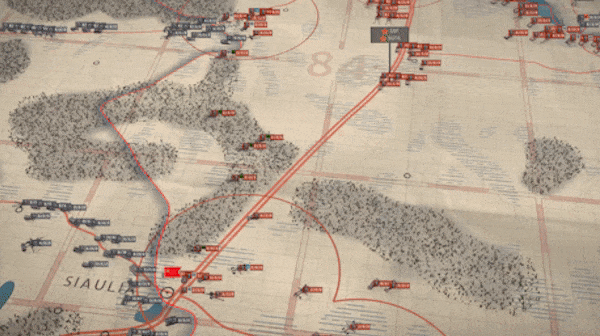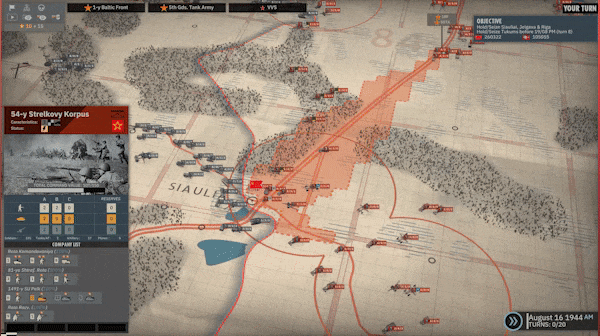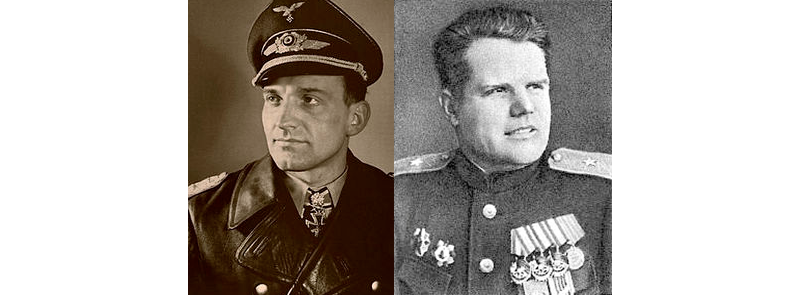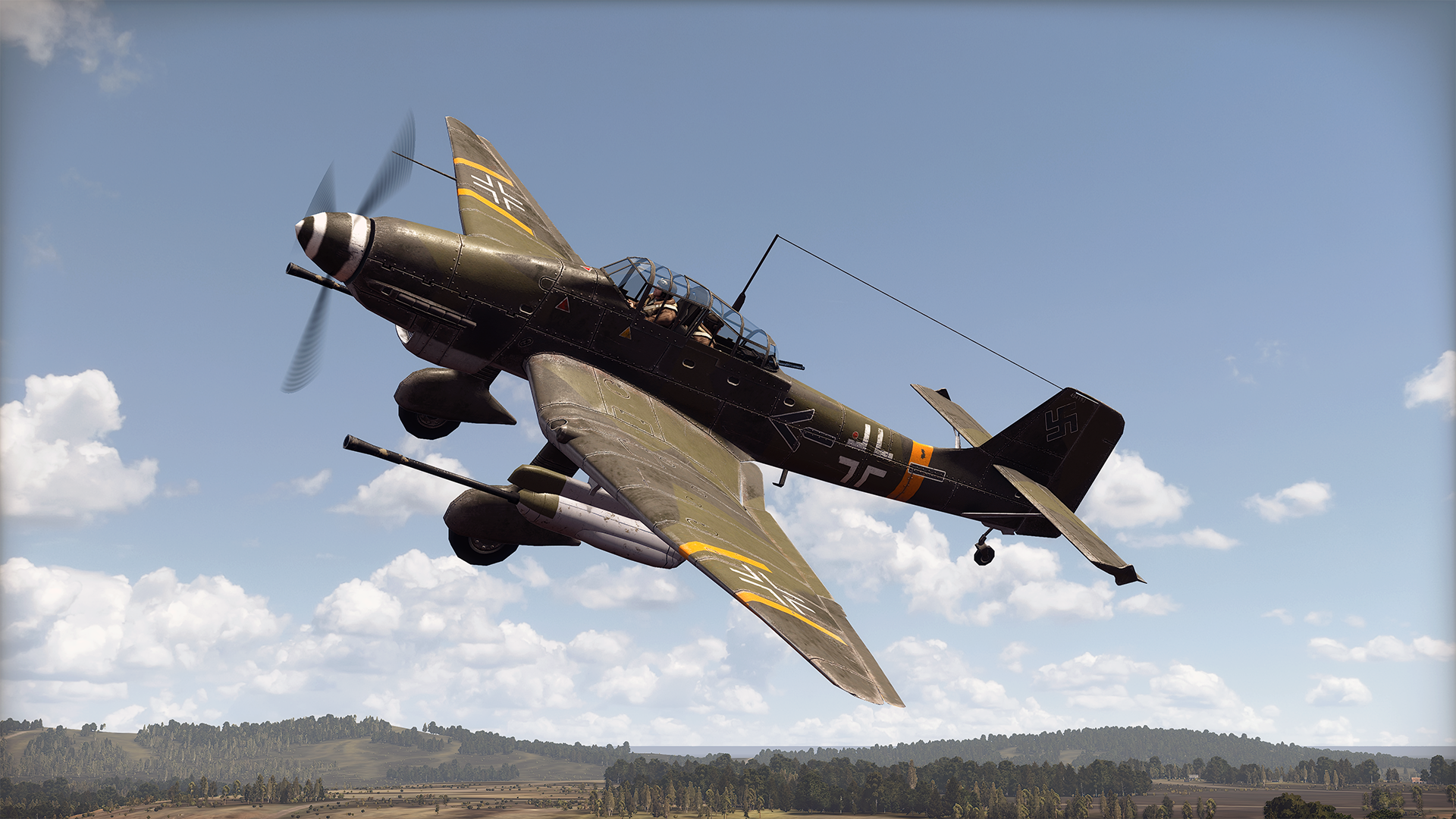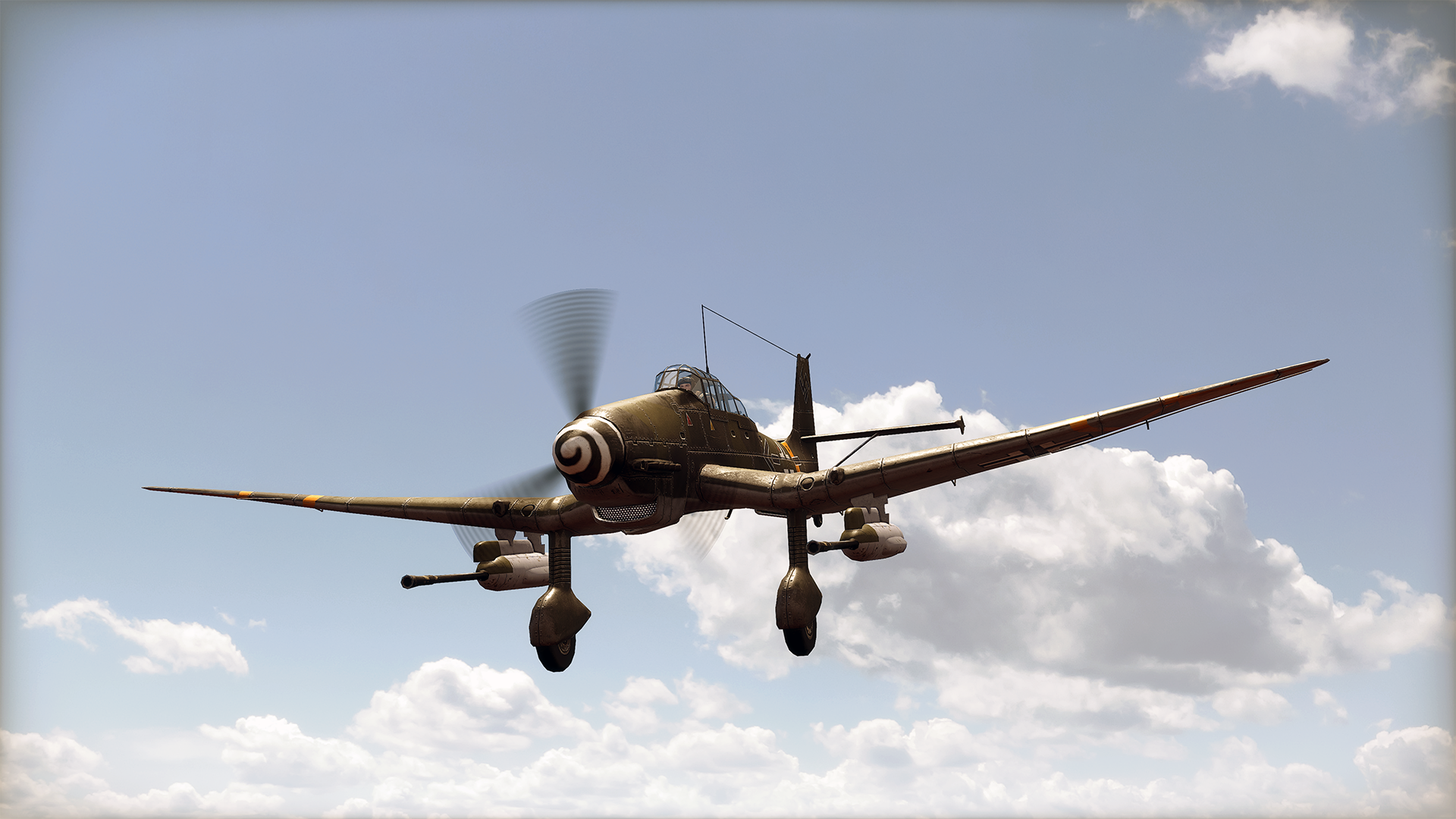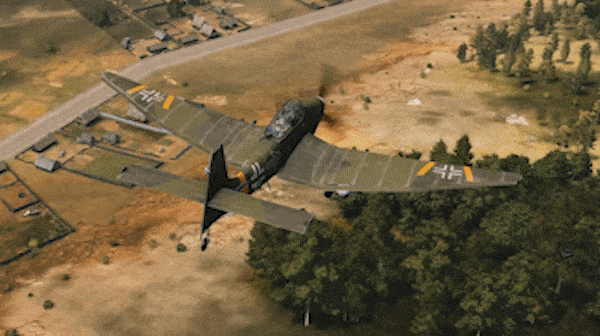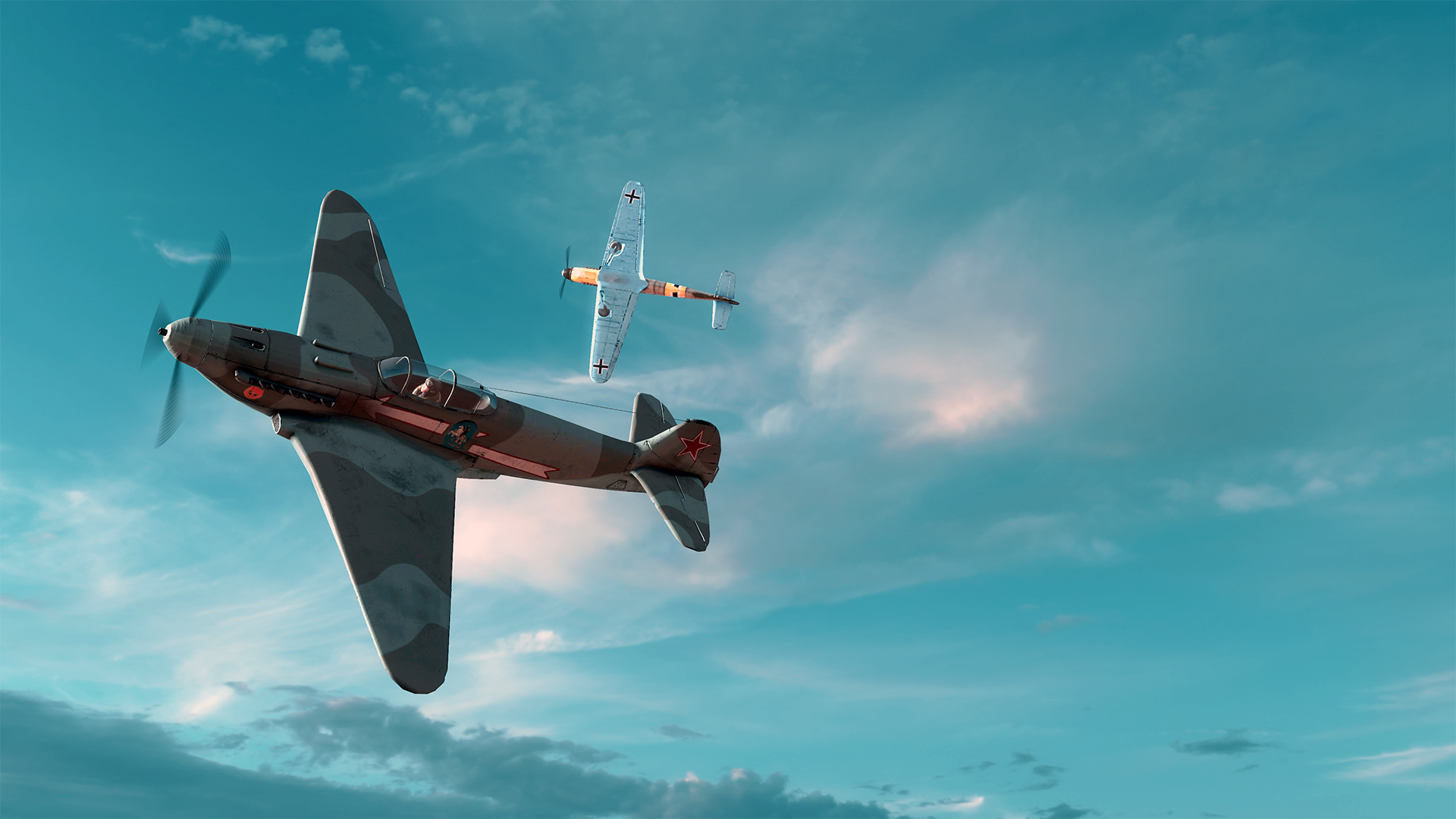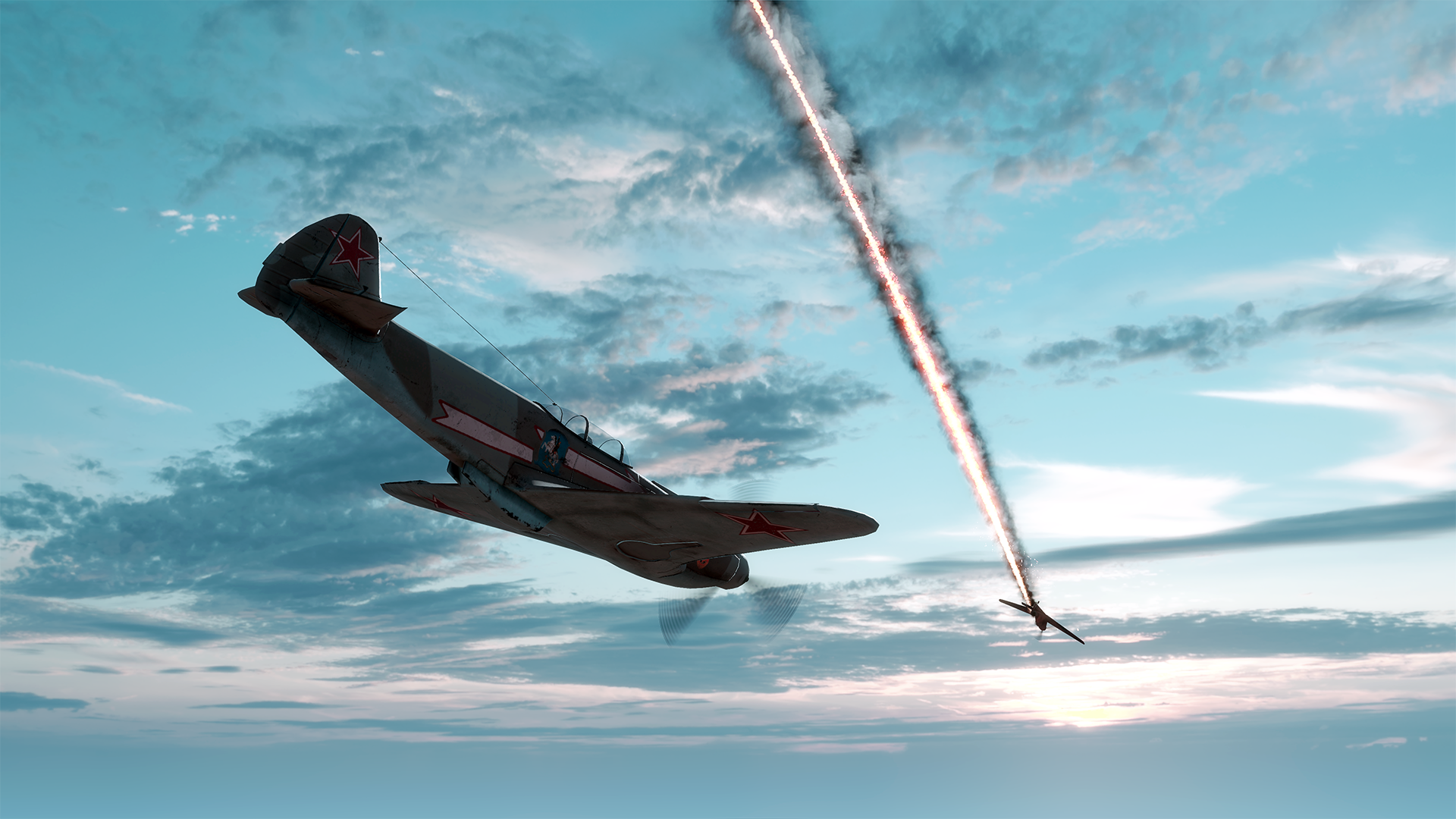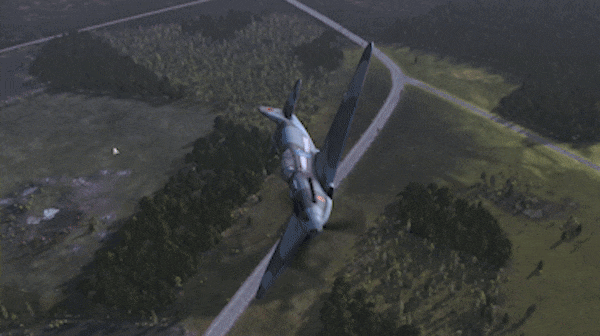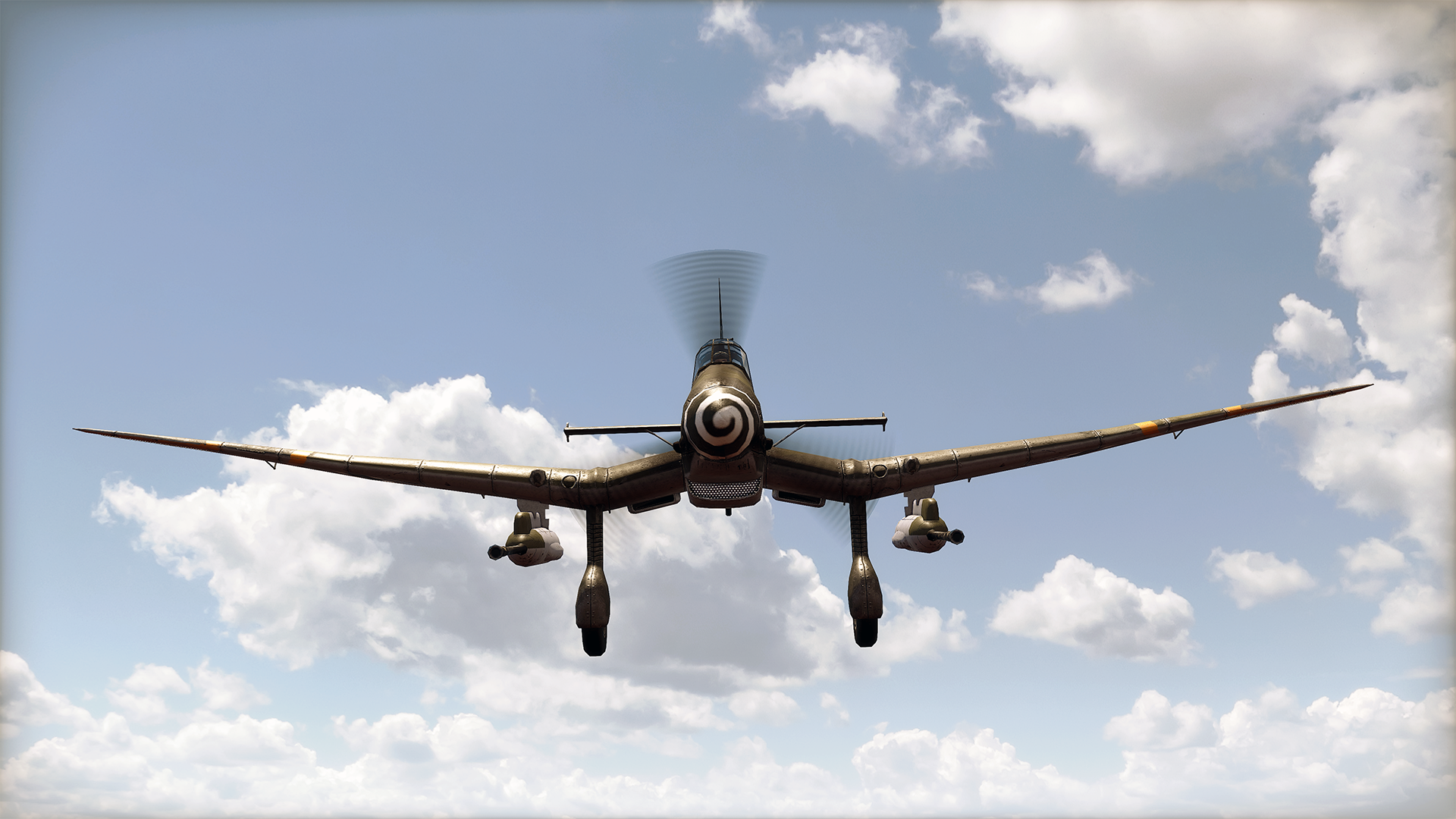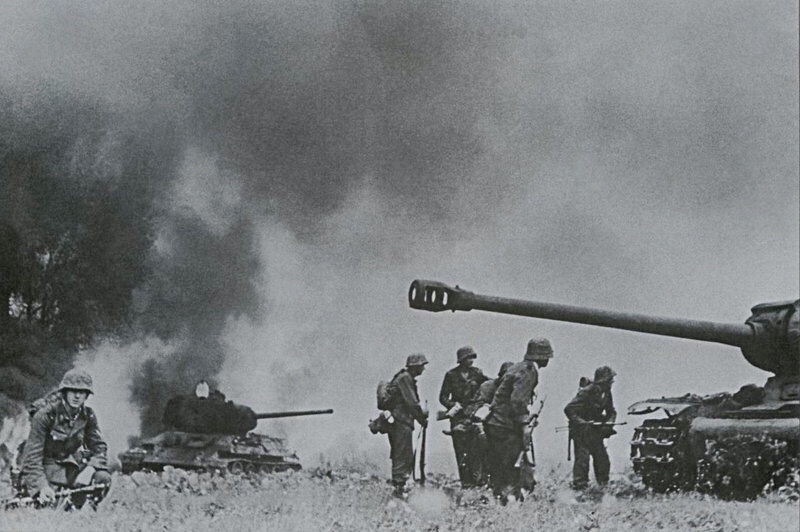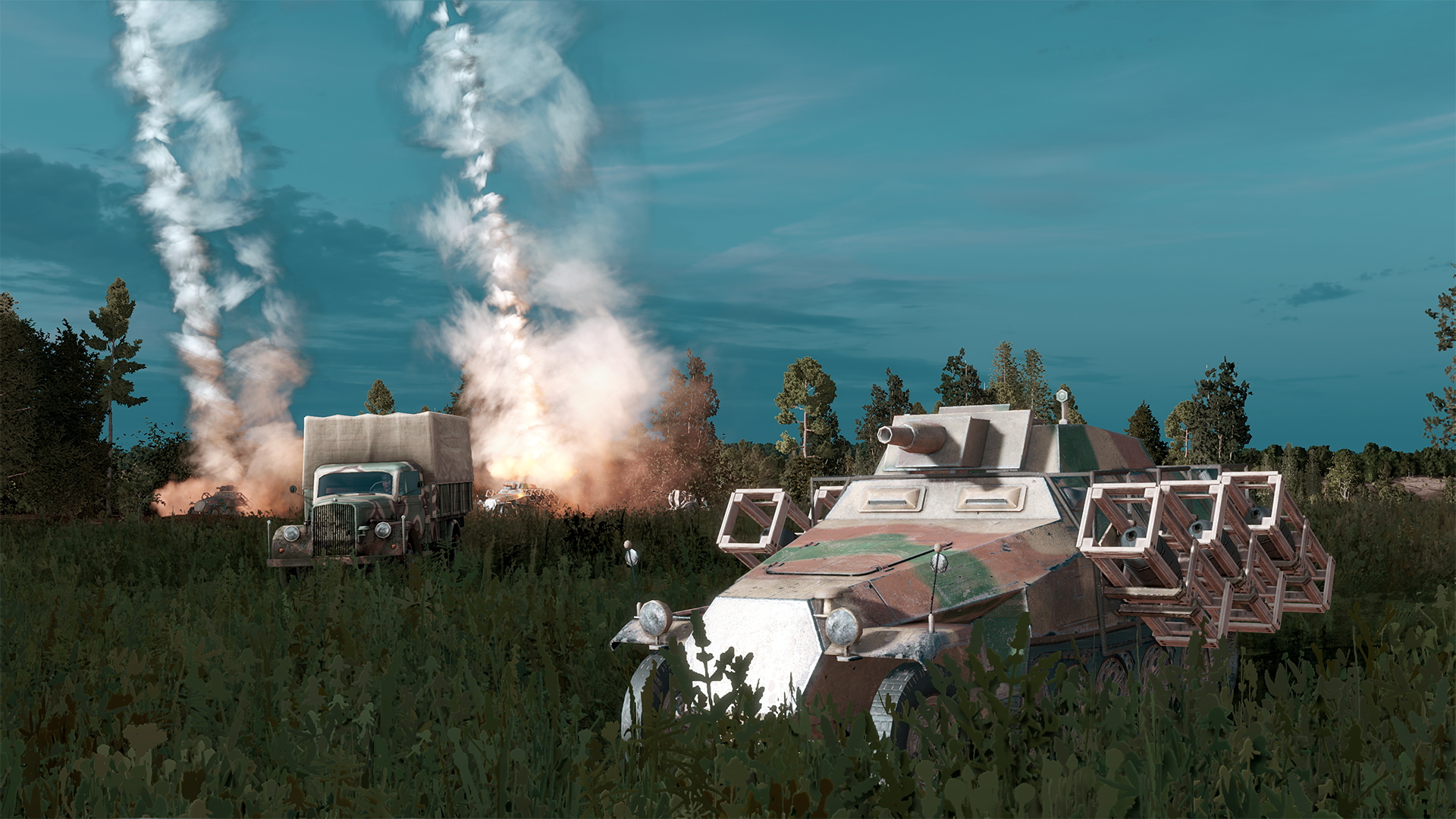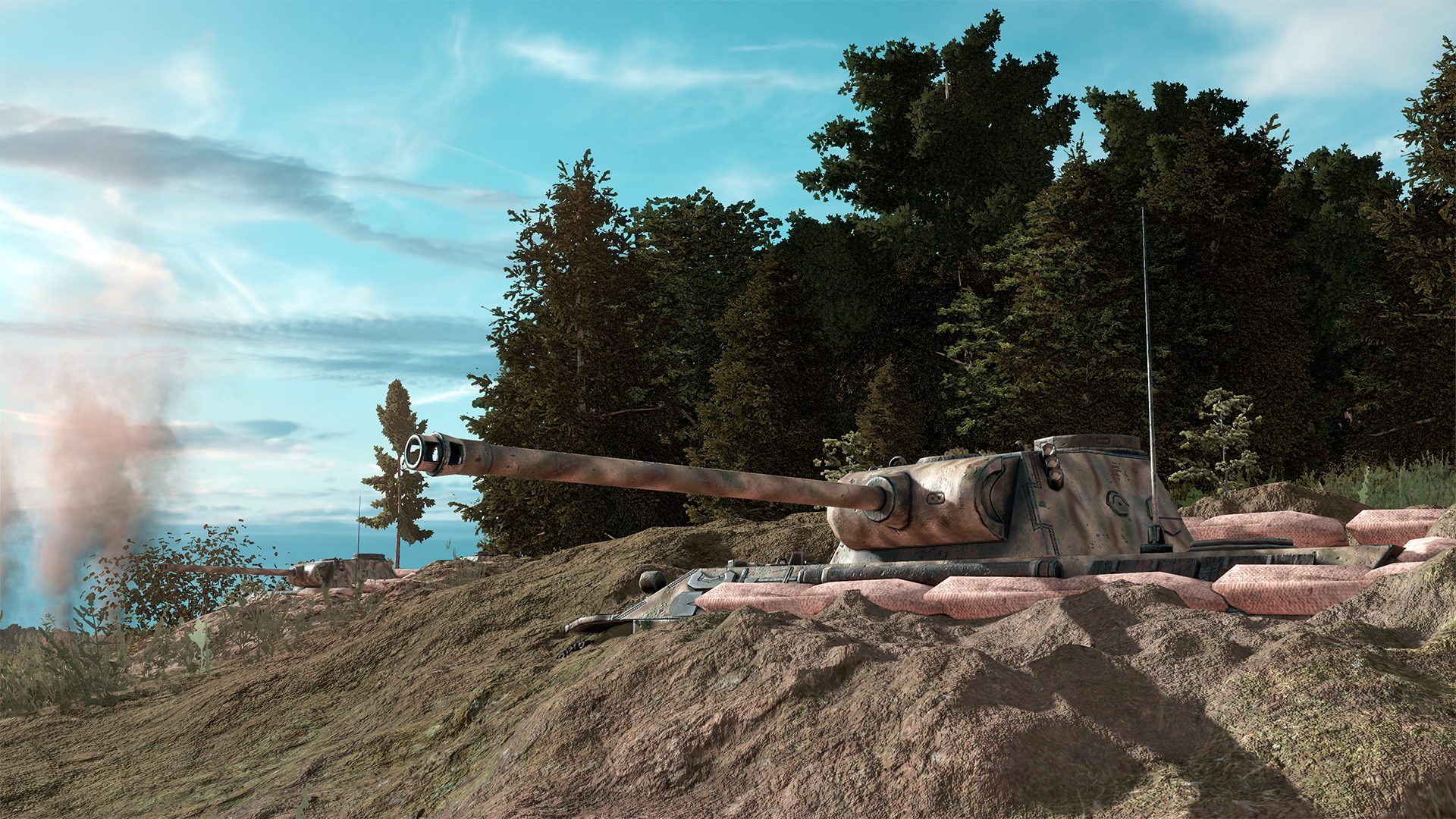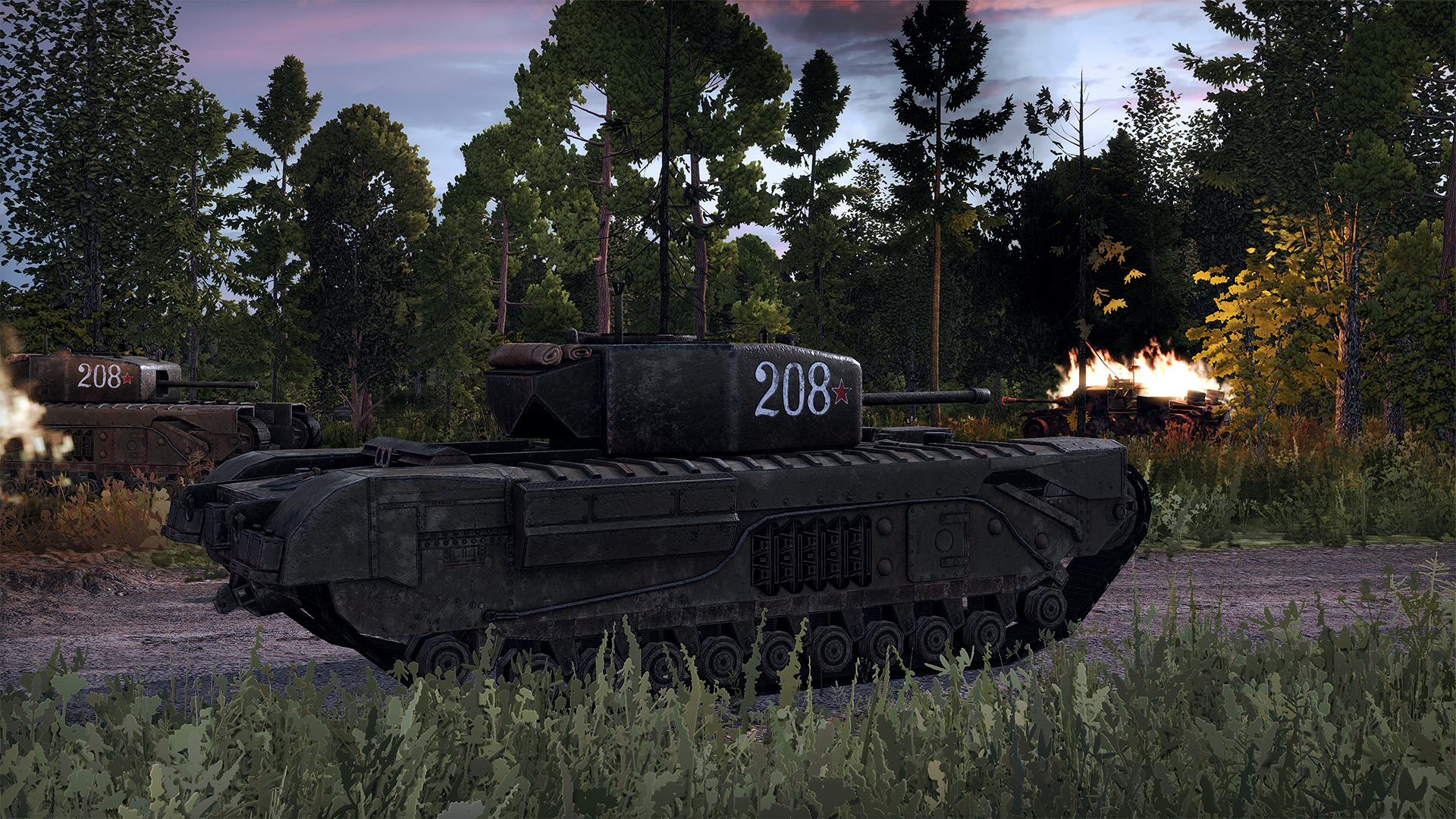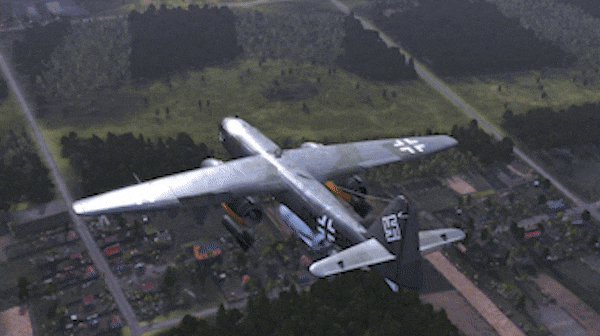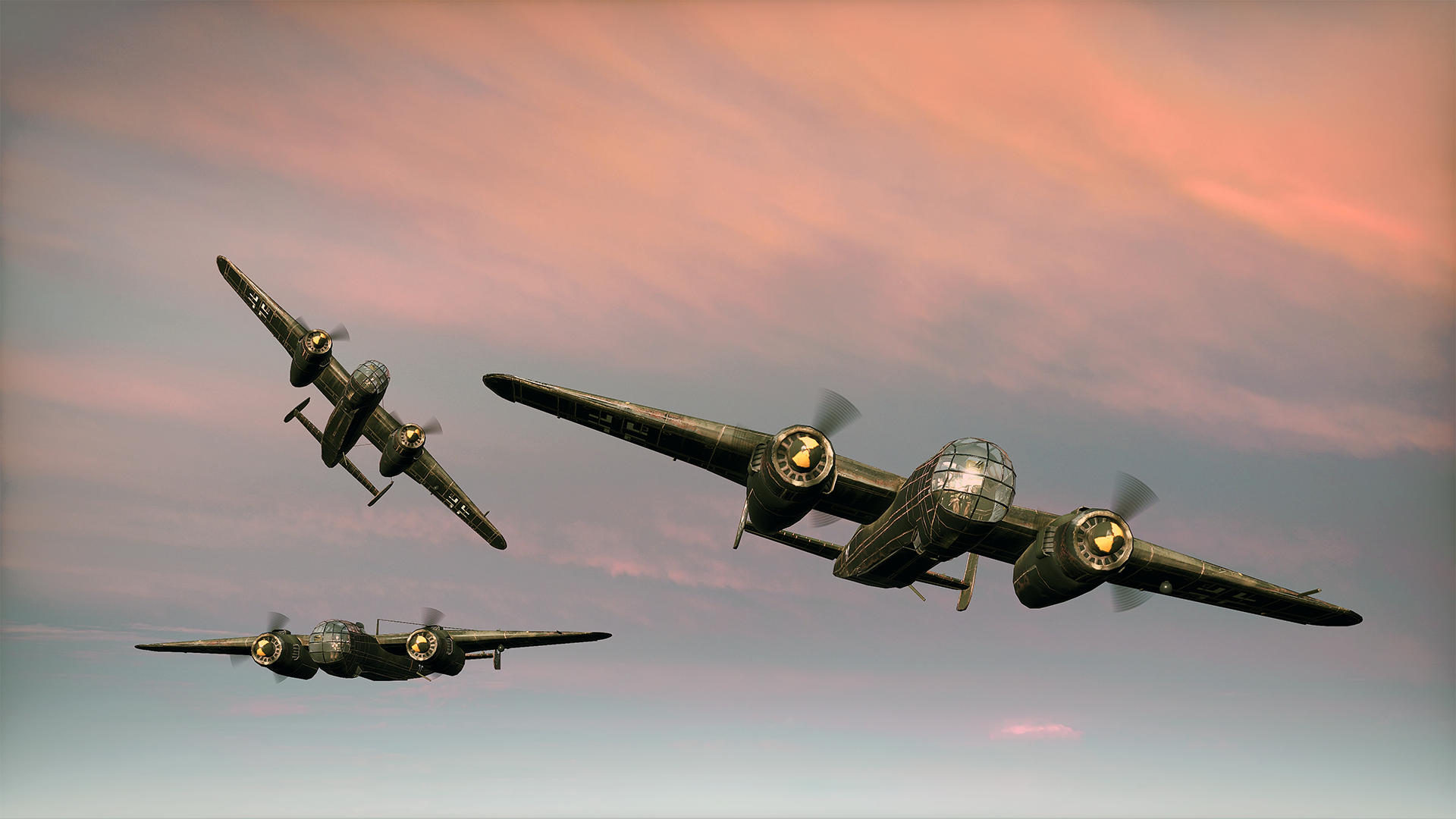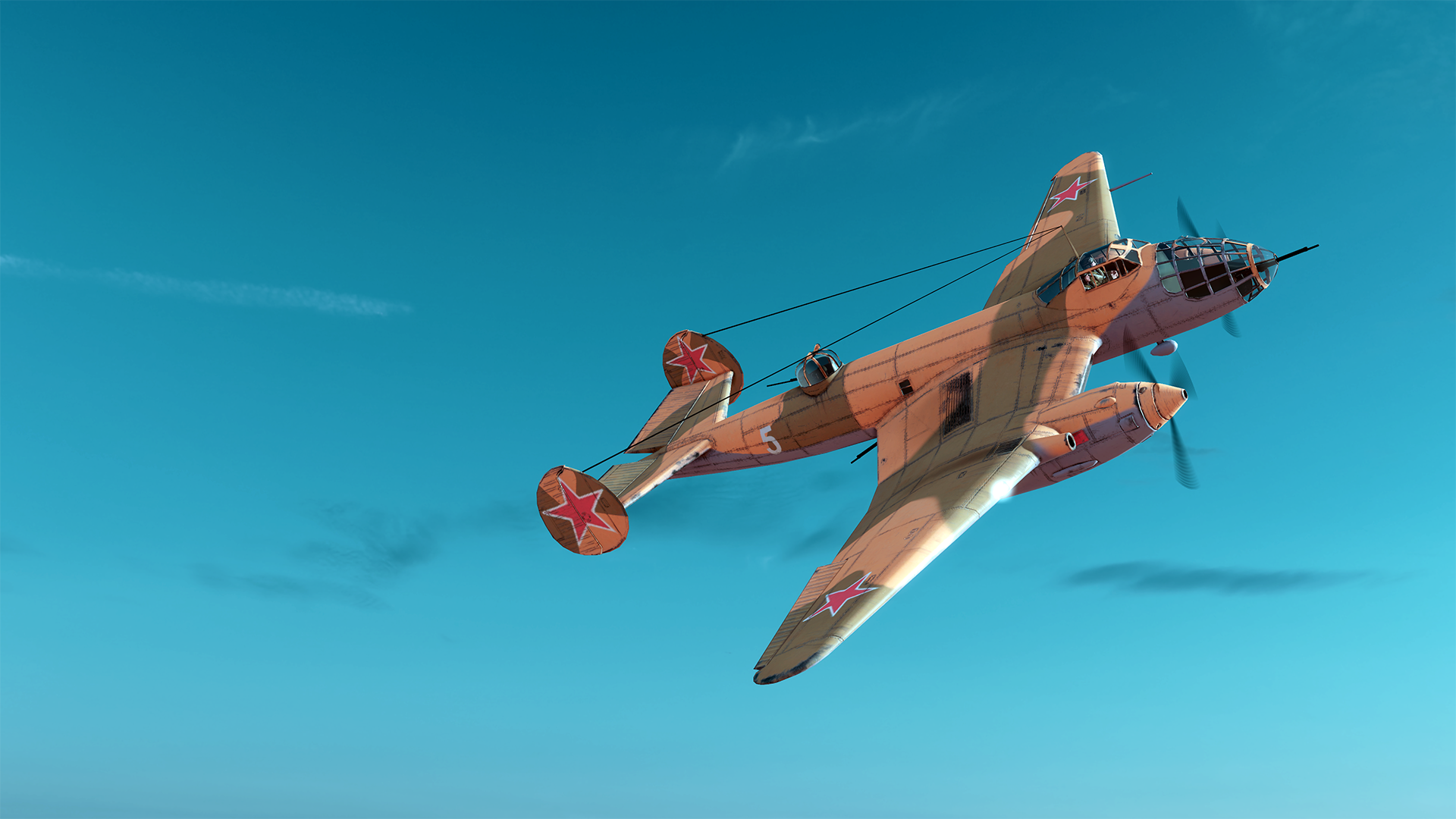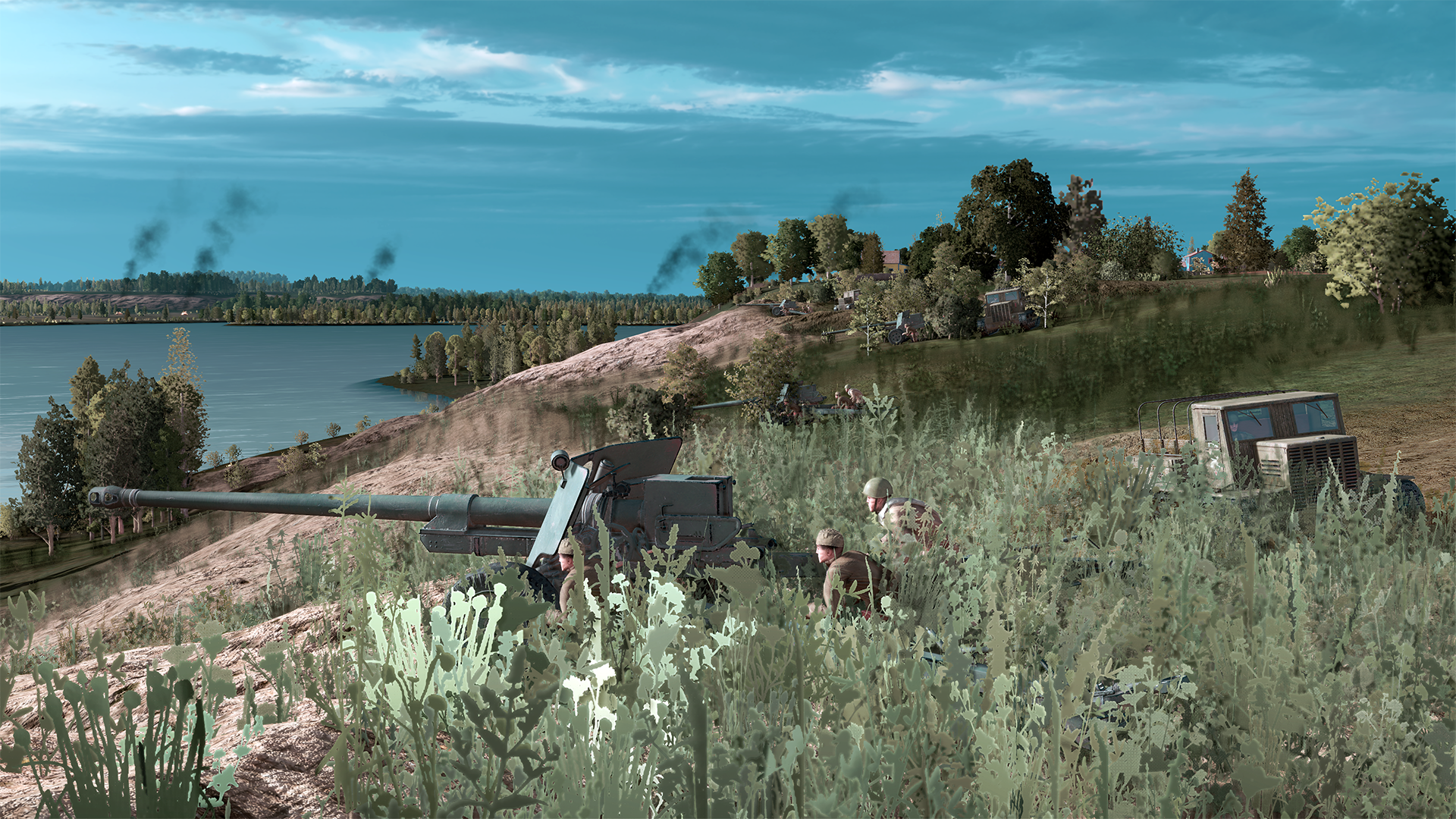
Apr 22, 2021
Steel Division 2 - [EUG] Gal Marcel Bigeard
Hello commander!
It’s good to be back. In today’s post, we’ll be going over some of the many exciting projects we have in store for Steel Division 2.
At Eugen, we have been working hard on Steel Division 2 for years, and we have no intention of letting up any time soon! Rest assured, we plan to support and develop Steel Division 2 for the foreseeable future.
Now, let’s see what you can expect in the coming weeks and months. Some things you might know, others are a surprise…
https://store.steampowered.com/app/1418231/Steel_Division_2__Burning_Baltics/
We are very close to release our latest History Expansion, Steel Division 2: Burning Baltics[/b]. From next week onwards, April 29th, you’ll be able to dive deep into one of the last successful German counter-offensives of the war - Operation Doppelkopf! Burning Baltics brings eight new battlegroups, two new Nations, over 120 new units, and two new Aces.
Yes! We heard you (loud and oh-so very clear): a new 10v10 map is on the way. Get ready for Tannenberg, which will launch as a FREE DLC at the same time as Steel Division 2: Burning Baltics[/b].
Situated in northern Estonia, this map is freely inspired by the real battle of Tannenberg Lines (also known as the Battle of the Blue Hills) where the 11. SS-Freiwilligen Panzergrenadier-Division “Nordland” made its famous rearguard stand against overwhelming odds. Excited? We sure are!
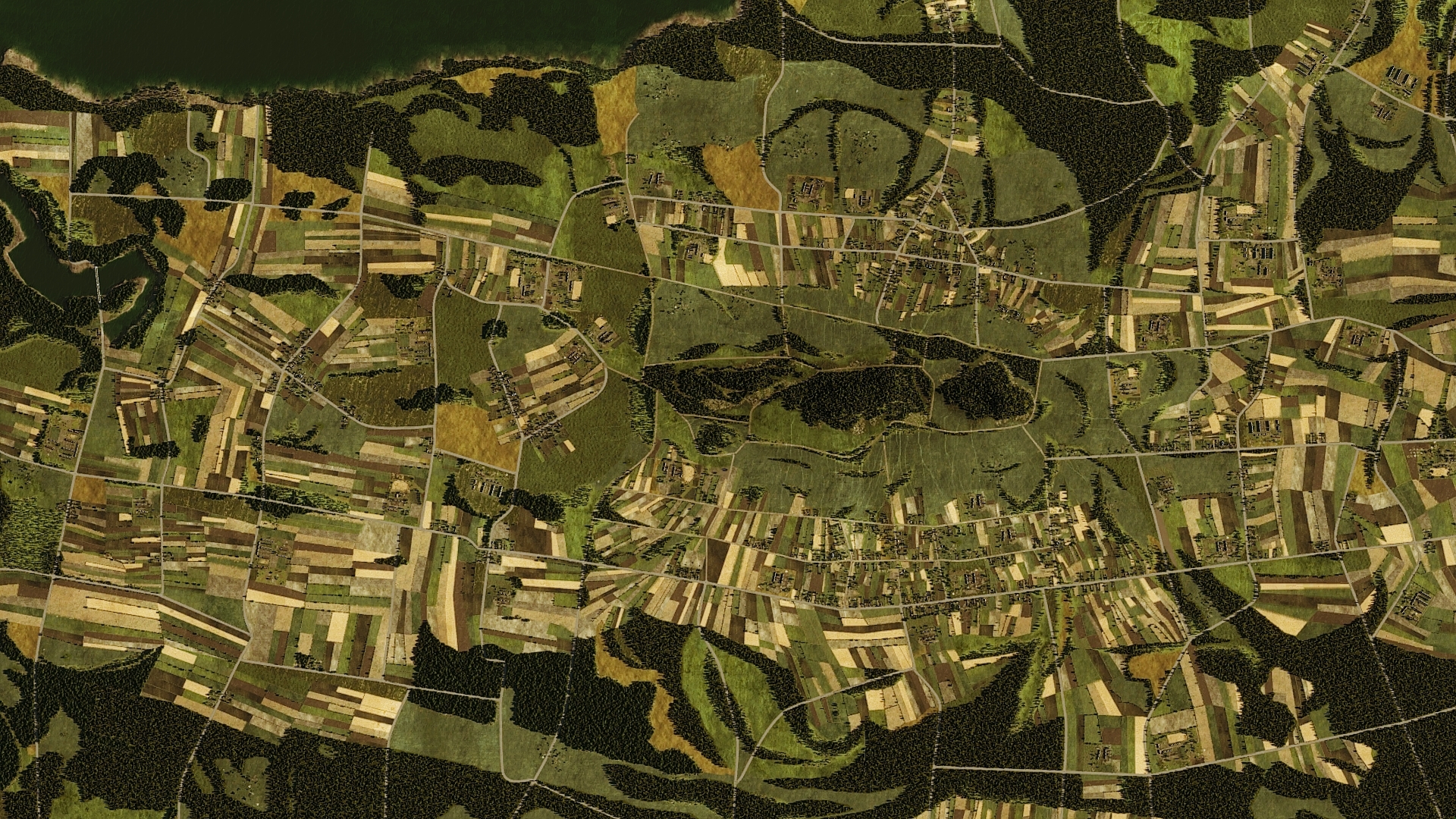
In our last post, we detailed the new units which will ship with our upcoming Nemesis: Storming Toulon expansion, which features the new battlegroups Verteidigungsbereich Toulon and 1e Division Française Libre.
The units and divisions of Nemesis: Storming Toulon are finished and being beta-tested by the Eugen Strike Team as we speak. It will only require a few balance tweaks, some new licks of paint, polish, and updated pictures of various unit cards. Expect to hear more soon!
Read about Nemesis: Storming Toulon’s first reveal here or a more recent detailed unit and battlegroup breakdown here.
Our other Nemesis DLC is still being prodded and hammered on in the ever-busy Eugen workshop. Nemesis: Raid on Drvar brings the action from the partisan-run Balkans, offering the unique Unternehmen Rösselsprung and the NOV or Yugoslav Liberation Army as playable battlegroups. The army list has been finalized while our 3D artists are handling the new unit models and associated paint jobs.
Read about the first reveal here. A more detailed breakdown of the new units will come in the future.
The long-awaited Army General Coop Mode is just around the corner. This cooperative mode, which we are putting the finishing touches on, will allow three players in Army General to team up and compete against the AI.
In our Army General Coop Mode, the host will be in charge of calling reinforcements, but all participating players will be able to perform other actions in Strategic Mode. Some… sort of agreement might be needed in deciding who moves what or attacks where, but this shouldn’t be far removed from the whole concept of “co-operation”.
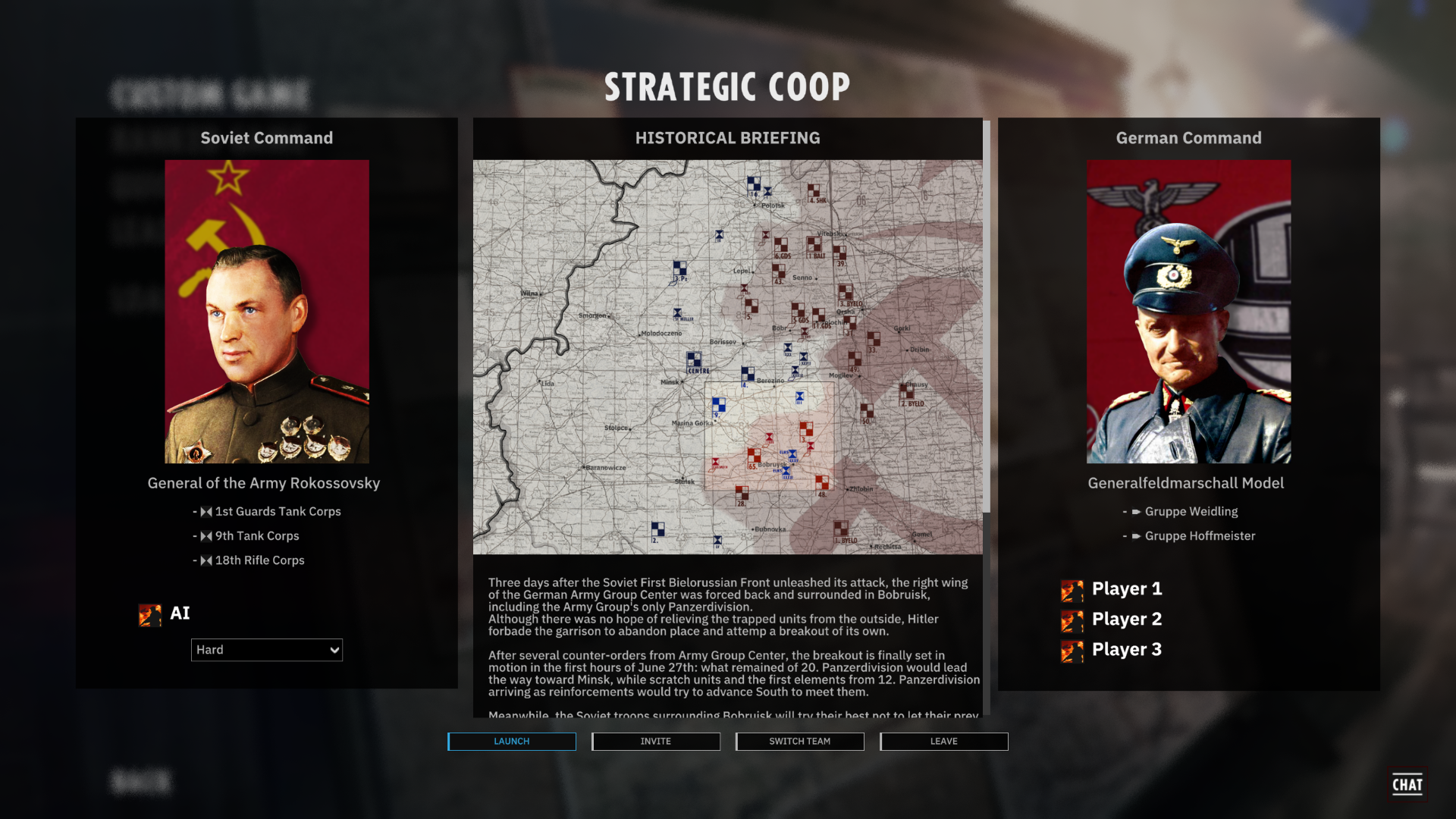
Once within a tactical battle, each player will choose a battalion to command, with the option to switch entire companies from one battalion to the other. This allows everyone to fight with a balanced battlegroup. If there are more players than battalions engaged, empty battlegroups will be created, and companies passed around until all players have a good selection of forces.
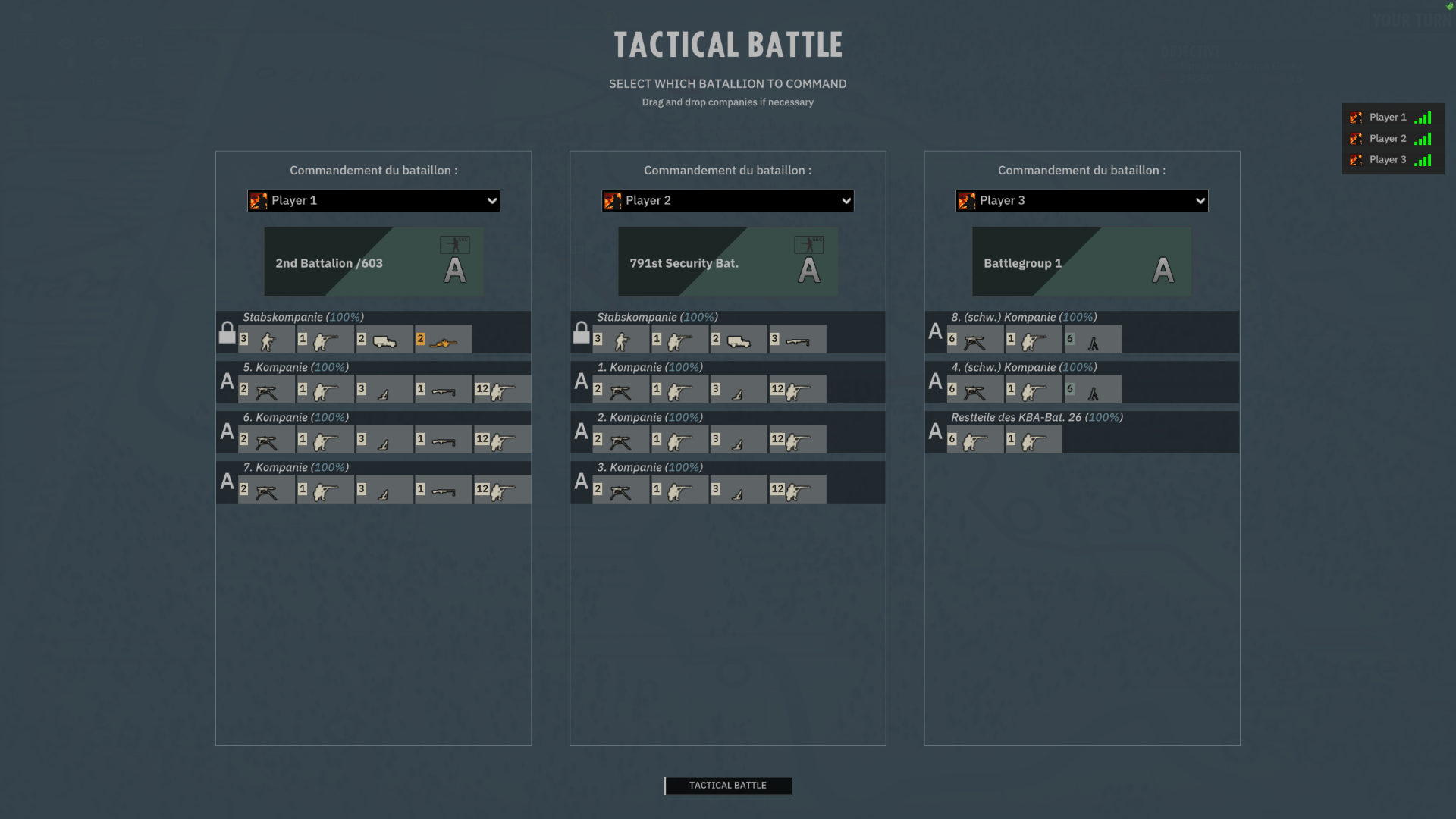
A couple of other mechanics and features of this new mode are still being worked on - or tested - but before detailing them to you, we want to validate them first in-depth.
A final note: Army General Coop will not be released with Steel Division 2: Burning Baltics, but the launch of this mode is not very far around the corner.
Following in the footsteps of the successful Tribute to D-Day and with the keen interest shown by the community for the Italian theater’s divisions, we are working on an entirely new expansion: Tribute to the Liberation of Italy.
The Italian campaign is an unsung theater of operations during World War II, easily overlooked, and we wanted to shine the spotlight on a host of new divisions and units who fought in Italy during the summer of 1944. Tribute to the Liberation of Italy will feature troops from nine different nationalities, including four new ones, plus plenty of new units. These nations will have their own flag and voice acting, although some will be featured as minor partners in multinational battlegroups.
We’ll detail more about the upcoming new battlegroups, we are doing our utmost to make the new Tribute to the Liberation of Italy battlegroups exciting, realistic, and accurate Steel Division 2 formations.
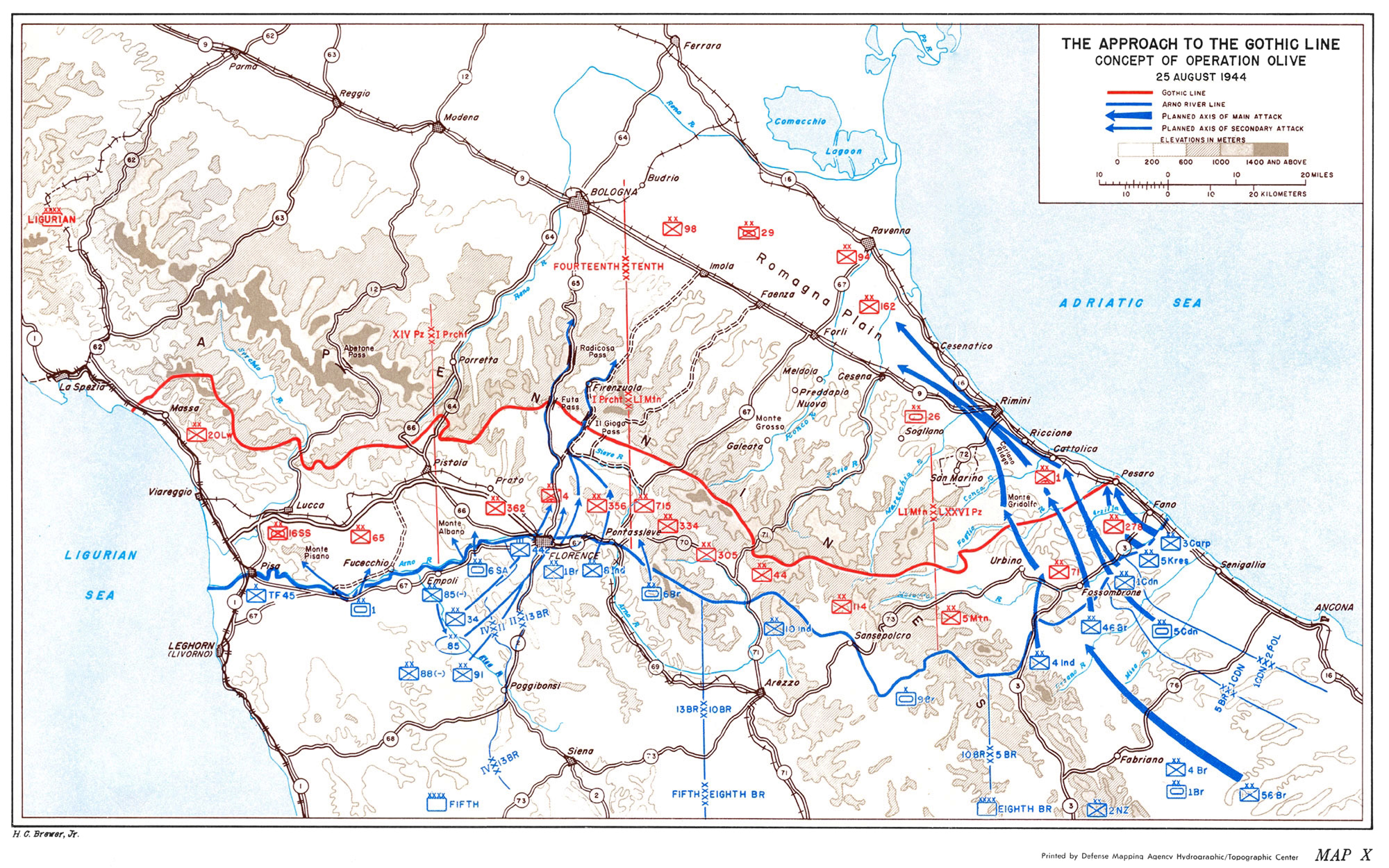
And last but not least: we are working on the next Army General campaign. We have heard your feedback for less overwhelming and utterly massive battlefields, and as such, this time around, we decided to go for something a little bit more contained. Our new Army General campaign will be closer to the original Steel Division 2 strategic campaigns in size.
We can’t say much more, only that the new campaign will still be set on the Eastern Front, but with less of a focus on the main Soviet or Germans formations… Who, what, where?
That’s it for today. Don’t forget, we have updated our schedule and will now post every two weeks.
See you on the battlefield, commander!
It’s good to be back. In today’s post, we’ll be going over some of the many exciting projects we have in store for Steel Division 2.
At Eugen, we have been working hard on Steel Division 2 for years, and we have no intention of letting up any time soon! Rest assured, we plan to support and develop Steel Division 2 for the foreseeable future.
Now, let’s see what you can expect in the coming weeks and months. Some things you might know, others are a surprise…
Steel Division 2: Burning Baltics
https://store.steampowered.com/app/1418231/Steel_Division_2__Burning_Baltics/
We are very close to release our latest History Expansion, Steel Division 2: Burning Baltics[/b]. From next week onwards, April 29th, you’ll be able to dive deep into one of the last successful German counter-offensives of the war - Operation Doppelkopf! Burning Baltics brings eight new battlegroups, two new Nations, over 120 new units, and two new Aces.
A new 10v10 map: Tannenberg
Yes! We heard you (loud and oh-so very clear): a new 10v10 map is on the way. Get ready for Tannenberg, which will launch as a FREE DLC at the same time as Steel Division 2: Burning Baltics[/b].
Situated in northern Estonia, this map is freely inspired by the real battle of Tannenberg Lines (also known as the Battle of the Blue Hills) where the 11. SS-Freiwilligen Panzergrenadier-Division “Nordland” made its famous rearguard stand against overwhelming odds. Excited? We sure are!

Nemesis: Storming Toulon
In our last post, we detailed the new units which will ship with our upcoming Nemesis: Storming Toulon expansion, which features the new battlegroups Verteidigungsbereich Toulon and 1e Division Française Libre.
The units and divisions of Nemesis: Storming Toulon are finished and being beta-tested by the Eugen Strike Team as we speak. It will only require a few balance tweaks, some new licks of paint, polish, and updated pictures of various unit cards. Expect to hear more soon!
Read about Nemesis: Storming Toulon’s first reveal here or a more recent detailed unit and battlegroup breakdown here.
Nemesis: Raid on Drvar
Our other Nemesis DLC is still being prodded and hammered on in the ever-busy Eugen workshop. Nemesis: Raid on Drvar brings the action from the partisan-run Balkans, offering the unique Unternehmen Rösselsprung and the NOV or Yugoslav Liberation Army as playable battlegroups. The army list has been finalized while our 3D artists are handling the new unit models and associated paint jobs.
Read about the first reveal here. A more detailed breakdown of the new units will come in the future.
Army General Coop Mode
The long-awaited Army General Coop Mode is just around the corner. This cooperative mode, which we are putting the finishing touches on, will allow three players in Army General to team up and compete against the AI.
In our Army General Coop Mode, the host will be in charge of calling reinforcements, but all participating players will be able to perform other actions in Strategic Mode. Some… sort of agreement might be needed in deciding who moves what or attacks where, but this shouldn’t be far removed from the whole concept of “co-operation”.

Once within a tactical battle, each player will choose a battalion to command, with the option to switch entire companies from one battalion to the other. This allows everyone to fight with a balanced battlegroup. If there are more players than battalions engaged, empty battlegroups will be created, and companies passed around until all players have a good selection of forces.

A couple of other mechanics and features of this new mode are still being worked on - or tested - but before detailing them to you, we want to validate them first in-depth.
A final note: Army General Coop will not be released with Steel Division 2: Burning Baltics, but the launch of this mode is not very far around the corner.
Tribute to the Liberation of Italy
Following in the footsteps of the successful Tribute to D-Day and with the keen interest shown by the community for the Italian theater’s divisions, we are working on an entirely new expansion: Tribute to the Liberation of Italy.
The Italian campaign is an unsung theater of operations during World War II, easily overlooked, and we wanted to shine the spotlight on a host of new divisions and units who fought in Italy during the summer of 1944. Tribute to the Liberation of Italy will feature troops from nine different nationalities, including four new ones, plus plenty of new units. These nations will have their own flag and voice acting, although some will be featured as minor partners in multinational battlegroups.
We’ll detail more about the upcoming new battlegroups, we are doing our utmost to make the new Tribute to the Liberation of Italy battlegroups exciting, realistic, and accurate Steel Division 2 formations.

A new Army General Campaign
And last but not least: we are working on the next Army General campaign. We have heard your feedback for less overwhelming and utterly massive battlefields, and as such, this time around, we decided to go for something a little bit more contained. Our new Army General campaign will be closer to the original Steel Division 2 strategic campaigns in size.
We can’t say much more, only that the new campaign will still be set on the Eastern Front, but with less of a focus on the main Soviet or Germans formations… Who, what, where?
Coming up next
Let us know what you think through our Steam forums and Eugen forums, or check our (Facebook and Twitter). Looking for an online game? Visit the kick-ass Discord server or Reddit page.That’s it for today. Don’t forget, we have updated our schedule and will now post every two weeks.
See you on the battlefield, commander!




